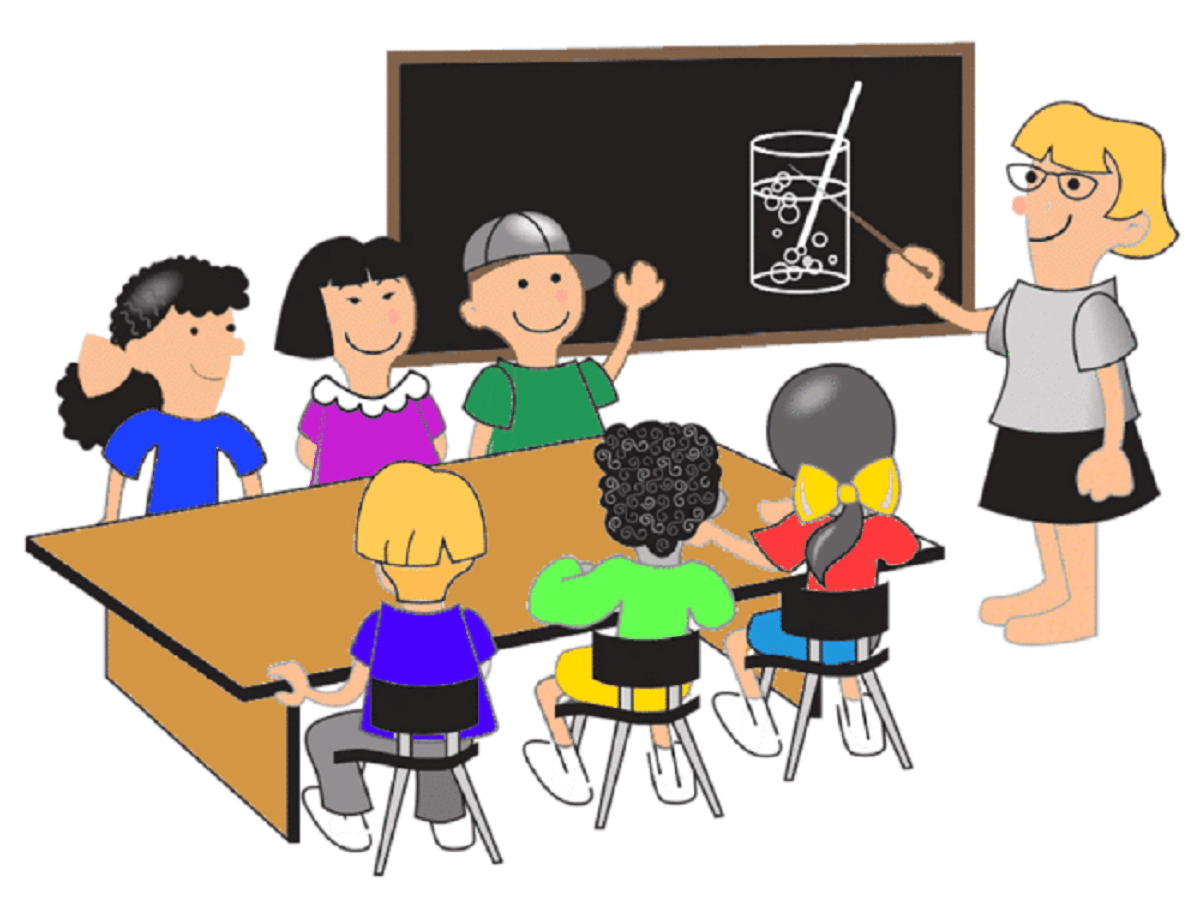
Perhaps these bubbles of small groups that have been created in schools from the pandemic situation, help to implement a different model of learning. We are talking about collaborative learning, something that It has been practiced since the time of Socrates, but that has not been imposed in most classrooms. Children who carry out collaborative learning will be able to take advantage of the skills and resources of the other.
The main idea of collaborative learning is that knowledge is created within a group, through the interaction of several of its members. This is so, even though there are differences in the prior knowledge of the group participants.
Principles and characteristics of collaborative learning

Collaborative learning promotes environments and methodologies that allow a situation to occur that fosters the collaborative experience. This type of learning can be given in person in classrooms, and in other instances of life, such as on the Internet.
Collaborative learning theory arises for the first time from the work of Lev Vygotsky, in which he stated that certain learning can only be carried out with the help of another person. In this way, in certain learning contexts there is a synergy that allows the maximum development of knowledge. This idea was a shock in the development of modern psychology, especially in the field of education and social psychology.
According to Lejeune, the main characteristics of collaborative learning are:
- The existence of a common task for all those involved in the learning process.
- A willingness to collaborate among group members.
- Interdependence; In other words, the result of a person's work will depend on what others do.
- Individual responsibility of each of the members of the group.
Examples of collaborative learning activities

Some of the typical collaborative learning activities are group projects, collaborative writing, discussion groups, or study teams. We detail these and others, for example: Ask your partner, The idea is that each child in the classroom has a minute to think of a challenging question that has to do with the content of the class, and they will have to ask the classmate next door.
La sharing, is that when the topic or subtopic is finished, the lesson stops, and the students meet in small groups to compare their notes and ask themselves what they have not understood. They are given a limited time, for example 3 minutes, and questions that they have not been able to answer are asked aloud.
Mock debate. The students are grouped into three and each one of them is assigned a role, which they choose without knowing. One will be in favor of an issue, another has to be against, and the third takes notes and decides who is the winner of the debate. The students will share with the rest of the class what has happened in their debate.
How to promote collaborative learning in the classroom?

We give you some ways to encourage collaborative learning within the classroom. The main idea is create group goalsIn this sense, the teacher's job is to divide the work required by students to reach those goals. The group, which is better if it is small, but not excessively, must be involved in achieving these goals. Depending on the subject, the groups can be 4 or 5 children.
The most important question is encourage communication among the participants. This must be safe and effective. In other words, students have to feel comfortable expressing their ideas and opinions. Without a doubt, this improves the self-esteem of each child.
It is good to develop a code of conduct between group members, suitability of the subject, vocabulary, communication, speaking time, among the students themselves. Collaborative learning or cooperative, which you can also find under this name, is a tool to facilitate communication, cooperation and inclusion of all.